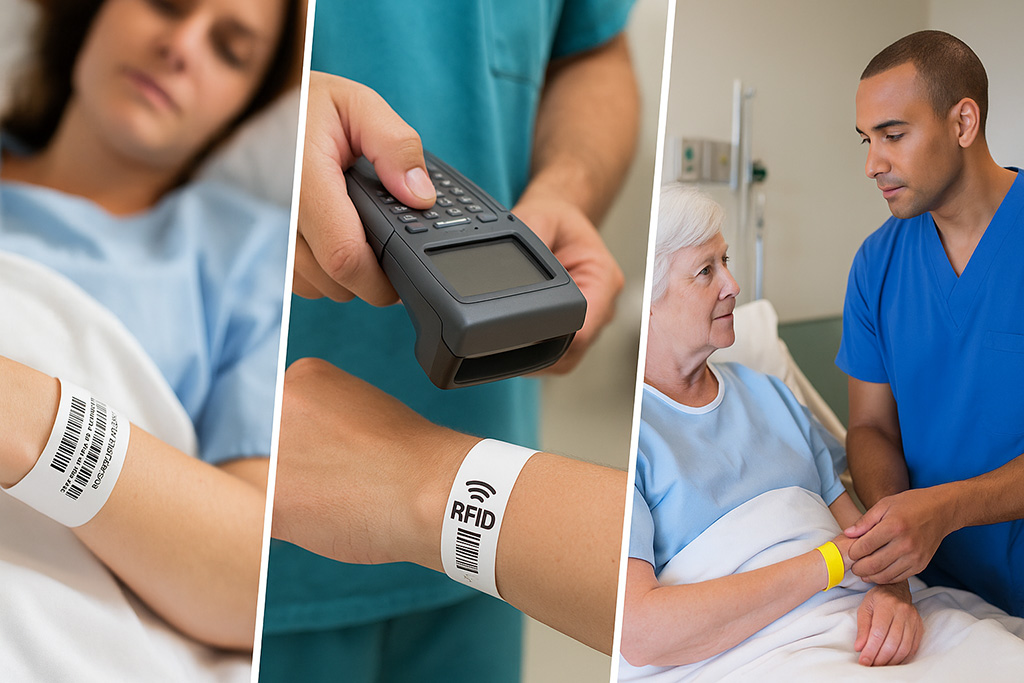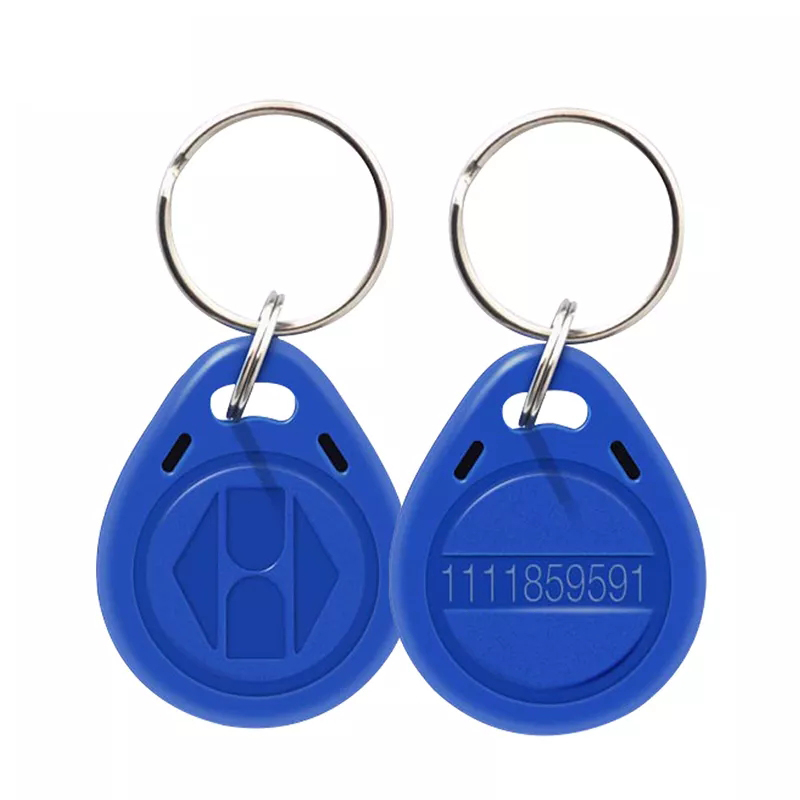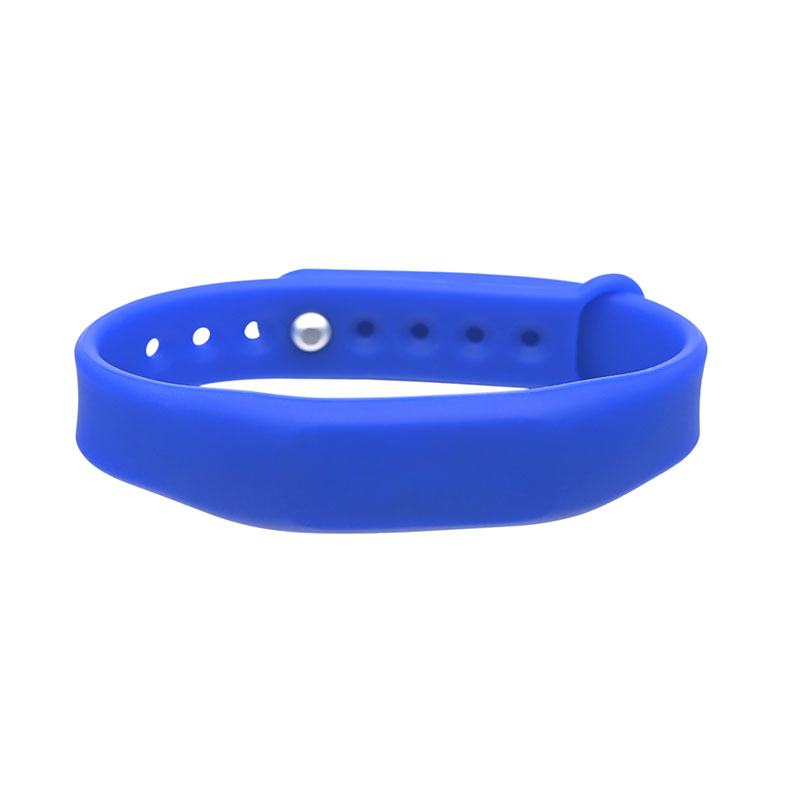
In the modern healthcare system, Hospital Wristbands are indispensable tools for ensuring patient safety, streamlining care delivery, and enhancing medical efficiency. These simple yet highly functional devices serve as primary identification tools in hospitals, clinics, nursing homes, and emergency medical services. They contain critical patient information such as name, date of birth, medical record number, allergies, and specific medical alerts. With the growing demand for accuracy and compliance in healthcare environments, the design and functionality of wristbands have evolved significantly, integrating technologies such as RFID and barcode systems to improve workflow and reduce human error.
Mistakes in patient identification can have catastrophic consequences. According to a Joint Commission report, incorrect patient identification is one of the leading causes of medical errors in hospitals. Wristbands mitigate these risks by offering a reliable, visual, and often scannable means of linking patients to their clinical records.
Standard Plastic or Vinyl Wristbands
Traditional vinyl or plastic Hospital Wristbands are among the most commonly used identification tools in healthcare settings. These wristbands are made from durable, waterproof materials, making them suitable for extended wear during a patient's hospital stay. They typically feature a secure snap closure and a printed label with the patient’s identifying details.
Plastic wristbands are cost-effective and widely compatible with thermal and laser printing methods. They can be used in general admissions, outpatient departments, and long-term care facilities. Due to their water-resistant and tamper-evident properties, these wristbands are particularly suitable for hygiene-sensitive environments such as operating rooms or intensive care units.
With advancements in healthcare informatics, RFID (Radio Frequency Identification) Hospital Wristbands are becoming more prevalent in modern medical facilities. These wristbands contain embedded RFID chips that store digital patient data and can communicate wirelessly with hospital systems. This eliminates the need for manual entry and allows for seamless integration with electronic health records (EHR), asset tracking systems, and medication dispensing units.
The adoption of RFID wristbands in healthcare leads to enhanced real-time location tracking, streamlined patient flow, and improved medication accuracy. For instance, RFID technology can verify a patient's identity before administering medication, reducing the risk of medication errors. Hospitals can also track patient movements, ensuring that they are in the right place at the right time, particularly during surgical procedures or diagnostic imaging.
RFID solutions are especially beneficial in high-acuity environments such as emergency departments and neonatal intensive care units (NICUs), where rapid and error-free identification is crucial.
Barcode Wristbands
Another widespread solution is the use of barcode Hospital Wristbands, which incorporate 1D or 2D barcodes encoded with patient-specific data. These wristbands can be scanned using handheld barcode readers or mobile devices, enabling quick and accurate patient verification.
Barcode patient ID bands integrate smoothly into most hospital information systems and are often used for medication administration, laboratory sample labeling, and surgical site confirmation. By reducing manual documentation, barcode wristbands improve efficiency and lower the risk of transcription errors.
Healthcare providers favor barcode wristbands for their simplicity, affordability, and compatibility with existing IT infrastructure. They are particularly effective in departments where rapid, high-volume identification is necessary.
Thermal Printed Wristbands
Thermal wristbands, typically used in emergency rooms or outpatient services, are printed on-demand using direct thermal printers. These wristbands are cost-efficient and suitable for short-term use. Hospitals often prefer thermal printed wristbands for their high legibility and smudge-resistant print quality.
Though less durable than plastic or vinyl options, thermal wristbands offer quick deployment and eliminate the need for ink or toner. This makes them ideal for high-turnover environments such as walk-in clinics or ambulatory surgery centers.
Common Color Codes and Their Meanings
Color-coded Hospital Wristbands are standardized tools used to visually communicate specific patient conditions or needs. Though standards may vary by region or hospital system, the following colors are commonly recognized:
Red Wristbands: Indicate a patient has allergies. This is critical in preventing allergic reactions to medications, foods, or latex.
Yellow Wristbands: Denote a fall risk. Healthcare providers are alerted to take extra precautions when moving or assisting these patients.
Purple Wristbands: Signify a “Do Not Resuscitate” (DNR) order, ensuring that patients’ end-of-life care wishes are respected.
Pink Wristbands: Used in maternal and neonatal care to match newborns with their mothers.
Blue Wristbands: Often used for standard patient identification but may also signify patient alertness or psychiatric risks in some institutions.
Standardizing wristband colors within and across hospital systems has been shown to reduce confusion and improve patient outcomes. For example, the American Hospital Association has recommended the use of red, yellow, and purple wristbands to represent allergy, fall risk, and DNR respectively.
Regional Differences in Color Codes
It is important to note that not all healthcare systems follow the same color-coding conventions. In some countries, wristband color schemes may vary due to cultural, linguistic, or regulatory differences. This underscores the importance of staff training and awareness, particularly in hospitals that employ traveling nurses or international medical personnel.
RFID wristbands offer significant improvements over traditional identification systems in terms of automation, accuracy, and data security. The integration of RFID into Hospital Wristbands allows for the transmission of data via electromagnetic fields, enabling hands-free scanning and real-time data exchange.
Real-time Patient Tracking: Monitor patient movement within hospital premises, aiding in efficient bed management and resource allocation.
Improved Medication Administration: Match the right patient with the right medication at the right time using RFID-enabled medication carts and electronic MAR systems.
Enhanced Surgical Safety: RFID wristbands can ensure surgical teams have immediate access to critical patient information, including allergies and preoperative instructions.
Reduced Human Error: Minimizes reliance on manual data entry and interpretation.
Data Security and Privacy: Encrypted RFID chips can store sensitive data while maintaining compliance with data protection regulations such as HIPAA.
RFID systems are also scalable and can be expanded to include asset tracking for medical devices, staff monitoring for infection control, and patient flow analytics for operational efficiency.
Key Benefits of Using Medical ID Wristbands
The utilization of medical ID wristbands extends beyond identification. These devices are foundational to patient safety protocols and support clinical decision-making in fast-paced environments. Key advantages include:
Patient Safety Assurance: Wristbands reduce the likelihood of wrong-patient errors, a critical issue in medication administration and surgical procedures.
Efficient Clinical Workflows: Streamlined identification saves time during admissions, diagnostics, and transfers.
Improved Communication: Color-coded and labeled wristbands enable multidisciplinary teams to quickly recognize patient needs without accessing records.
Cost Reduction: By preventing adverse events and enabling automation, wristbands help reduce liability and operational costs.
Legal Compliance: Wristbands facilitate compliance with healthcare regulations and accreditation standards concerning patient identification.
Studies have shown that institutions using integrated wristband systems experience fewer incidents of patient misidentification and faster time-to-treatment metrics.
Compliance and Standards
Ensuring that Hospital Wristbands comply with healthcare standards is critical to their effectiveness. Hospitals must consider both domestic and international regulations when implementing or upgrading wristband systems.
HIPAA and Data Privacy
In the United States, the Health Insurance Portability and Accountability Act (HIPAA) mandates the protection of patient health information. RFID and barcode wristbands must be designed to prevent unauthorized access and ensure data encryption when appropriate. Print layouts must also avoid exposing sensitive patient data unnecessarily.
ISO Standards
International standards, such as ISO/IEC 18000 for RFID and ISO 22367:2020 for risk management in patient safety, provide guidelines for wristband design and application. Compliance with these standards ensures interoperability and consistency across healthcare systems.
Joint Commission and AHA Recommendations
Organizations like the Joint Commission and the American Hospital Association (AHA) have issued best-practice recommendations for patient identification systems, including wristband design, color-coding, and integration with health IT systems. Following these guidelines helps facilities achieve accreditation and improves overall care quality.
Selecting a reliable Hospital Wristband manufacturer is critical to implementing an effective patient identification program. Healthcare providers should consider the following criteria:
1. Material Quality and Durability
Wristbands must be water-resistant, hypoallergenic, and suitable for extended wear without degradation.
2. Customization Options
Suppliers should offer custom branding, variable data printing, and technology integrations such as RFID or barcode encoding.
3. Regulatory Compliance
Ensure that wristbands meet HIPAA, ISO, and other relevant compliance requirements.
4. Volume Pricing and Scalability
For large hospitals or multi-site health systems, scalability and bulk pricing are essential.
5. Support and Integration
Choose vendors that provide technical support and compatibility with your existing hospital information systems (HIS) and electronic medical record (EMR) platforms.
Leading suppliers often provide end-to-end wristband solutions, including printers, software, and maintenance, to ensure long-term reliability and performance.
Conclusion: The Future of Patient Identification
The role of Hospital Wristbands in modern healthcare continues to expand as technology evolves and patient safety becomes increasingly prioritized. From simple vinyl bands to advanced RFID-enabled solutions, wristbands serve as a cornerstone in the effort to provide safe, accurate, and efficient care.
With innovations in RFID tracking, barcode integration, and health IT interoperability, Hospital Wristbands are poised to become even more central to clinical operations. Healthcare organizations that invest in high-quality wristband systems not only enhance patient outcomes but also strengthen their compliance, operational efficiency, and reputation.
As patient expectations rise and regulatory scrutiny intensifies, ensuring that every individual receives the right care at the right time starts with the right identification system. And that begins with a wristband.





